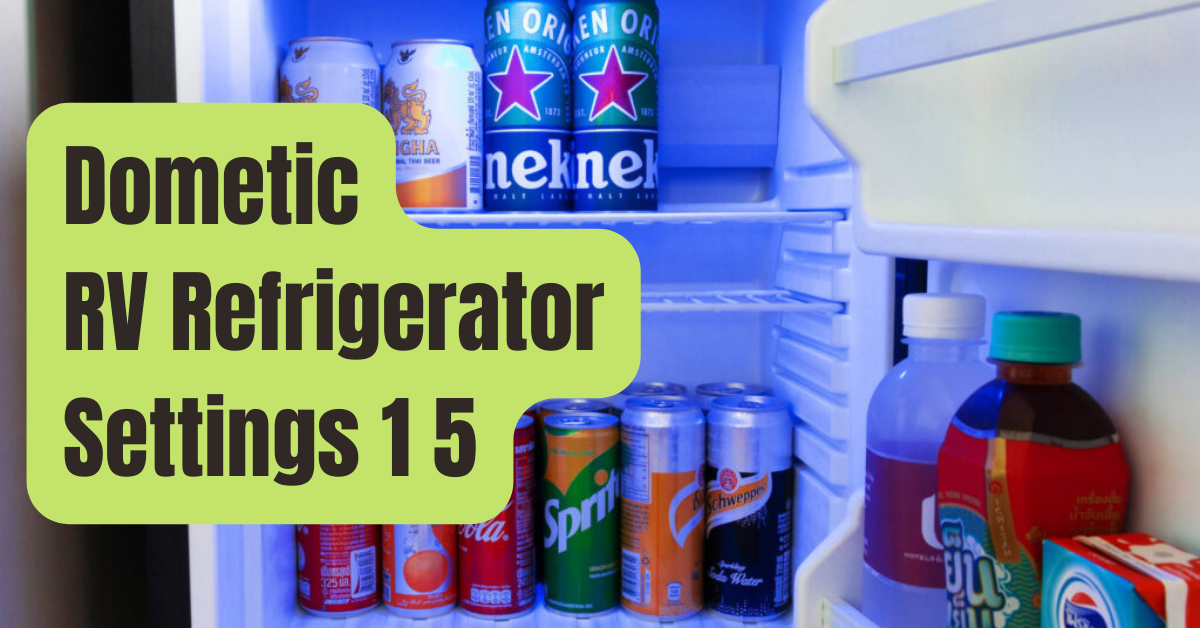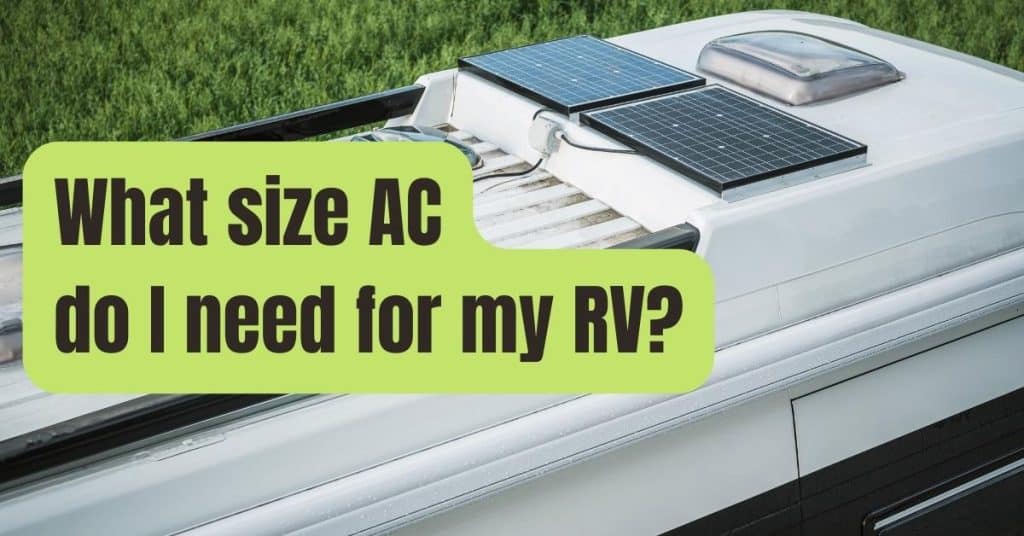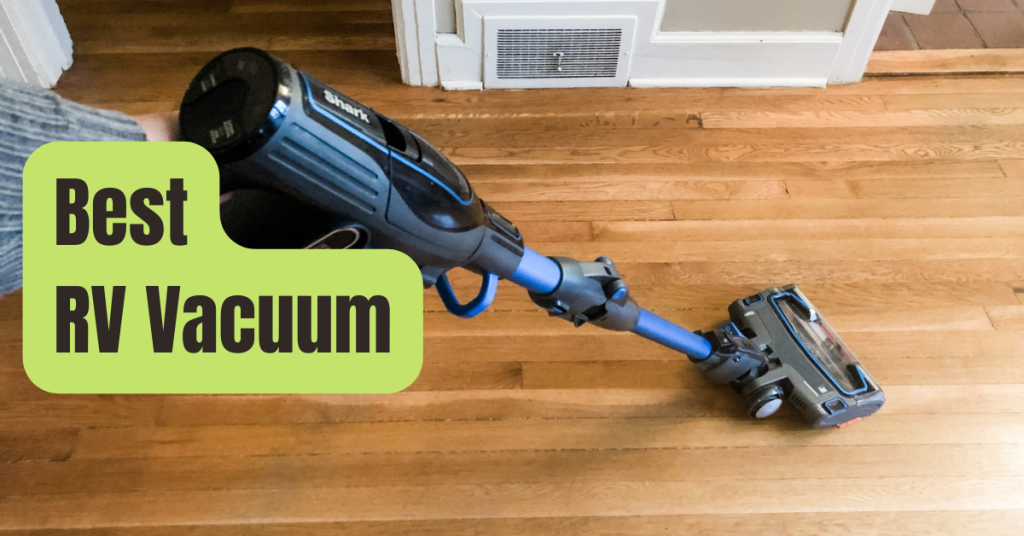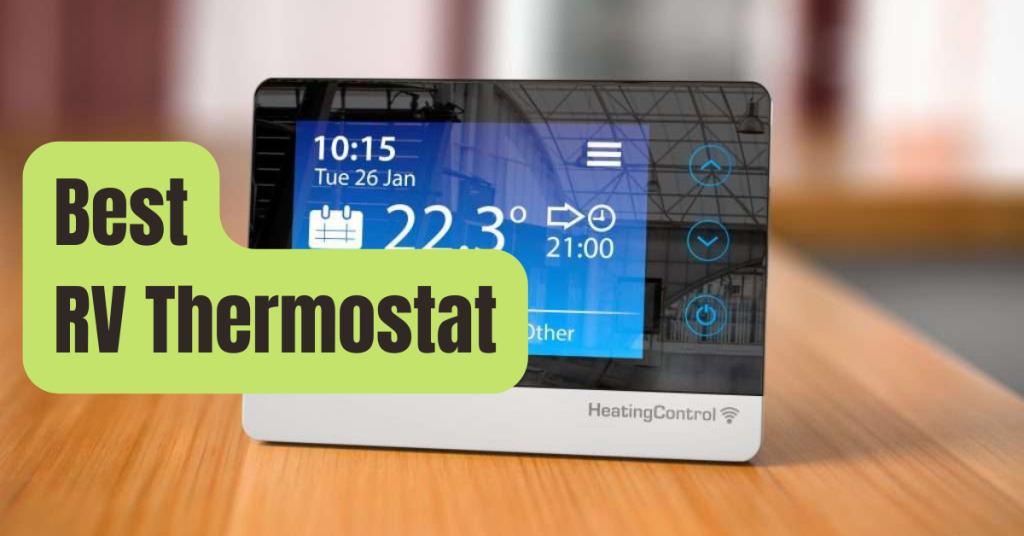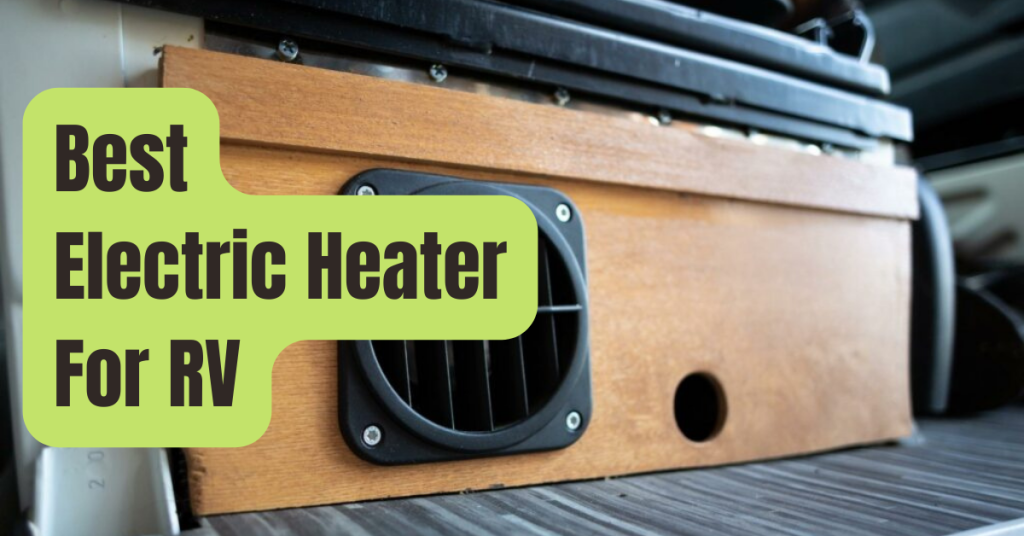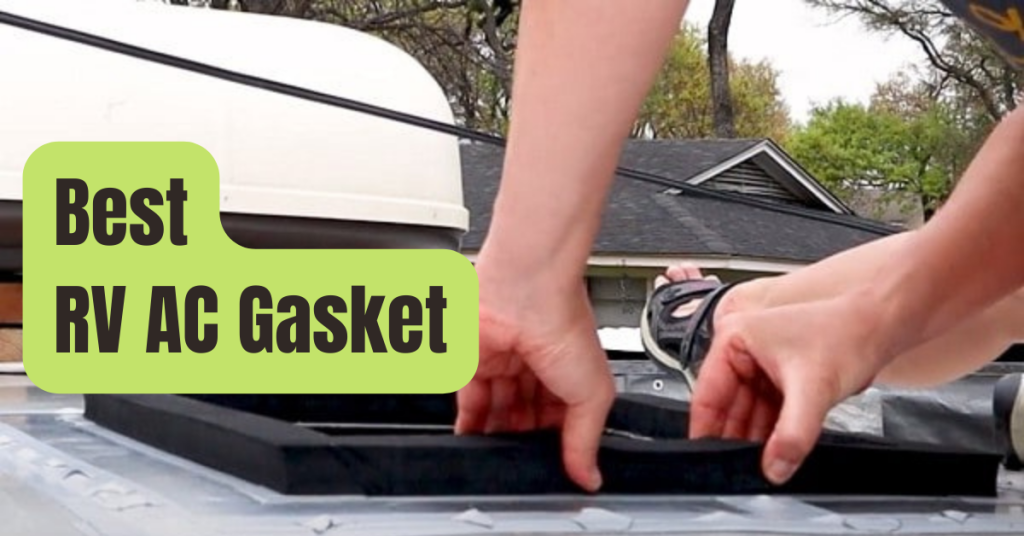It’s no longer difficult to keep your meals cold in an RV.
Your food should stay nice and fresh during your RV trip after you understand how to control the temperature.
One approach to maintain your healthy lifestyle when you are away from home is to eat fresh food.
How to Change the Refrigerator’s Temperature on a Dometic RV: When you require colder or warmer temps, it’s simple to change the Dometic brand refrigerator in your RV.
Normally, one of the fins has a little white adjustment handle that takes care of the task for you.
Continue reading to find out how to change the temperature on your Dometic refrigerator.
The knowledge in this post will help you enjoy fresh, cold meals for your whole RV trip.
Temperature Control for the Dometic RV Refrigerator
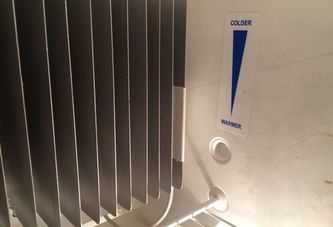
Seeing drops of water pouring down from your freezer is one indication that you need to modify the Dometic refrigerator in your RV.
You need to make the fridge and freezer colder, these drips are telling you.
When ice starts to build in the refrigerator portion of the appliance is another red flag.
The temperature control must now be adjusted to a warmer level.
Resetting the temperature in your Dometic refrigerator is simple.
A little lever that moves up and down on the same fin should be used to regulate the temperature in an RV Dometic refrigerator.
As some people have done, you do not want to shift it side to side.
The temperature inside the refrigerator remains constant despite such movement.
Up and down strokes along the same fin are the proper motion.
Think of up as north to help you recall which way is chilly and which is warm.
Colder weather is to the north.
Then down equals south, and the hotter it gets the farther south you travel.
Dometic Fridge Settings 1 through 5
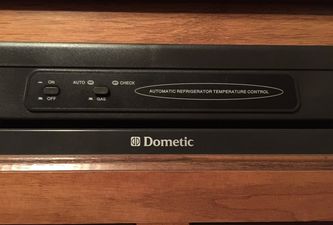
When you modify your RV Dometic fridge, you could not get a lot of range.
There may only be a range of 1 to 5.
Remembering that larger numbers represent colder settings can help you choose the ideal temperature for your meal.
Some folks have discovered that #4 preserves their meals nice and fresh and works best for them.
You can have different results and discover that the center of the dial works best for you.
The more food you keep inside the fridge, the more stable the temperature will be while utilizing the temperature dial or fridge setting.
Use a cheap thermometer to confirm for yourself if your refrigerator is cold or warm if you’re unsure.
What Temperature Should an RV Refrigerator Be at?
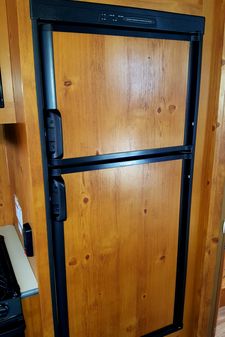
You could mistakenly believe that the Dometic refrigerator in your RV is different from the one in your house.
Both of them function as essentially the same unit.
This implies that the optimal refrigerator temperature for your house and your RV are the same.
The recommended RV refrigerator temperature is from 40 to 42 degrees Fahrenheit.
If the temperature is not dropping that low, either you have the temperature control set too high or your refrigerator is broken.
You can keep food cold at temperatures lower than 40 degrees, but you shouldn’t go below 35 degrees F since then it will freeze.
Using a fish tank thermometer and setting it in a jar of water is one method to verify the consistency of the temperature in your refrigerator.
Make sure the thermometer is completely covered before screwing on the lid on the jar.
Place the jar in the refrigerator, shut the door, and wait.
When you check the thermometer later, you ought to obtain a precise measurement on how well your refrigerator is maintaining temperature.
Temperatures That Are Tolerable in a Dometic Fridge (Average RV Refrigerator Temp)
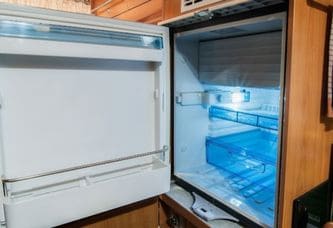
As previously mentioned, the Dometic refrigerator in your RV works best when the temperature is between 40 and 42 degrees F.
But sometimes it’s difficult to maintain the ideal, or you could have mistakenly set the thermostat too high or too low.
Since you have considerable flexibility in temperature ranges, none of those circumstances is very problematic.
You shouldn’t allow an RV Dometic fridge to become warmer than 50 degrees F.
Simply said, it is dangerous to keep cold food at high temperatures.
On the allowable temperature scale, 35 degrees F is the lowest value.
As was previously indicated, food may freeze at lower temperatures, destroying it or making it dangerous to consume.
Ideal for the freezer is 0 degrees F.
Temperatures between 10 and 20 degrees F are likewise okay, however you may go as high as 30 if you wish.
When Does a Dometic Refrigerator Start to Cool?
This will depend on the power source you utilize and the Dometic refrigerator model.
Some individuals have experienced a 24-hour delay before their refrigerator became cold enough to store food.
Others discovered that adding ice to their refrigerators made it take anything from 3 to 12 hours for the temperature to drop to the desired level.
It’s also possible that 8 hours will pass.
Your experience will probably vary depending on a number of variables.
Ice is often used by people to speed up the cooling process.
Final Thoughts
It’s not that tough to get your Dometic RV fridge to operate correctly.
Even if it takes a little time, it is ultimately worthwhile.
You should be alright if you get how the temperature control works (up and down) and which level is the coldest, greater numbers.
You should be OK as long as your Dometic refrigerator is operating at the recommended temperature setting of 40 to 42 degrees F or stays within the permitted temperature range of 35 to 50 degrees F.
Consult your owner’s handbook if you have any queries about the proper settings.
Always keep in mind that there are methods you may use to guarantee your refrigerator is operating as it should.

